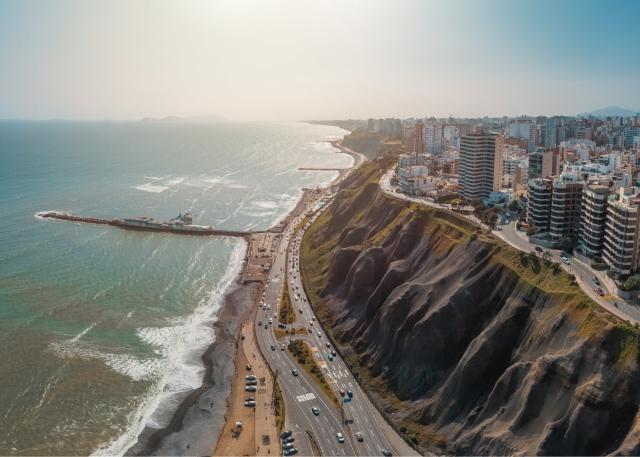Peru, with its stunning natural beauty and rich culture, is a great South American country to live in or visit. And for companies looking to hire globally, Peru’s hospitable and kind citizens are a great addition to any global workforce.
However, since labor laws and compliance requirements vary from country to country, employers need to make sure they comply with the laws in any country where they decide to hire.
Below, we dive into Peru’s labor laws to give you an overview of what it's like o hire in the country.
How to hire in Peru
Hiring in Peru isn’t too much different than hiring elsewhere. Let’s look at the different types of employment options.
Hiring employees
To hire full-time employees in Peru, you need a local entity or permanent establishment. This means you need to establish your presence in the country and create an entity through which you pay and provide benefits to your employees in Peru.
Another option is to partner with an employer of record (EOR), which acts as your local entity, employs your talent, and takes care of your compliance needs on your behalf.
Hiring contractors
Hiring independent contractors or sole proprietors in Peru can be an easier route since you don’t need to establish a local entity.
However, maintaining compliance with worker classification in a foreign country is complicated. You could face monetary and legal risks from misclassifying independent contractors or face back taxes in Peru if you trigger permanent establishment.
Employment contracts
There are two types of employment contracts in Peru: fixed-term and indefinite-term. Indefinite-term contracts are the norm in Peru, but employers sometimes use fixed-term contracts.
The difference between the two is contract length:
- Fixed-term. The contract has a specific end date.
- Indefinite-term. Employment does not end unless the employee is terminated or resigns.
Peruvian labor laws
Rules regarding wages, time off, types of leave, and more vary from country to country. Let’s look at Peru’s labor laws:
Minimum wage
In 2022, Peru’s minimum wage is 1,025 sol per month, which converts to about $265 USD per month or $3,200 per year.
Paid time off
Peruvian employees are entitled to 30 days of paid vacation per year.
Federal holidays
Peru observes holidays like New Year’s, Christmas, and Easter Sunday. They also have a few national holidays specific to the country—like Peru's Independence Day—where employees do not work.
- Holy Thursday
- Good Friday
- Labor Day
- St. Peter & Paul Day
- Peru’s Independence Day
- Saint Rose of Lima Day
- Battle of Angamos
- All Saints' Day
- Immaculate Conception
Maternity and paternity leave
Peru provides both maternity and paternity leave to its citizens, but maternity leave is longer than paternity.
The breakdown is as follows:
- Maternity leave. 49 calendar days before birth (prenatal) and 49 calendar days after birth (postnatal). Employees can elect to shift days from prenatal to postnatal if they want. The postnatal period is extended 30 days if there are multiple births.
- Paternity leave. 10 calendar days after the birth, 20 calendar days in the case of premature or multiple births, and 30 days for the birth of a sick child or complications with the birth.
Working hours
An employee in Peru can’t work more than eight hours per day or more than 48 hours per week.
Overtime pay
Employees who work overtime earn a minimum of 25% above their hourly rate for the first two hours. If they exceed two hours of overtime, they earn at least 35% on top of their hourly rate for each additional hour of work.

Taxes and contributions
The employer pays 9% of the employee’s check to the Peruvian Health Social Security System (EsSalud). If the employee is affiliated with the National Pension System, the employer pays 13% for pensions. When the employee is affiliated with the Private Pension System, the employer pays 12.5%.
Learn more about payroll and employment laws in Peru.
Confidently hire in Peru from anywhere
Peru has a unique set of labor laws, payroll taxes, and employment contracts that are challenging for a foreign enterprise to manage on its own. Failure to do so carries the risk of compliance issues, additional taxes or fines, or potentially losing top talent in Peru.
Fortunately, Velocity Global can help you unlock the power of global hiring without any of the headaches. Our EOR solution takes care of everything, including hiring, onboarding, and paying Peruvian employees, so you can focus on building and managing your international team.
Contact us to see how we can help expand your business in Peru.
Topic:
Country Guides



